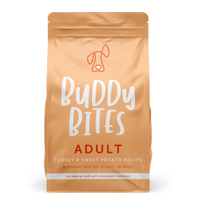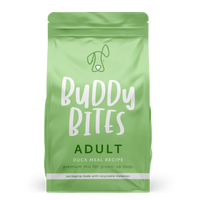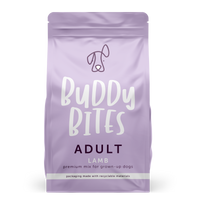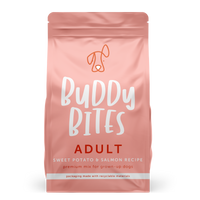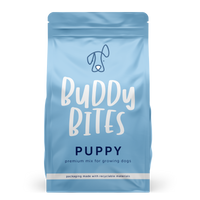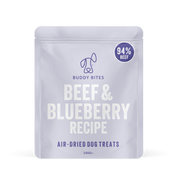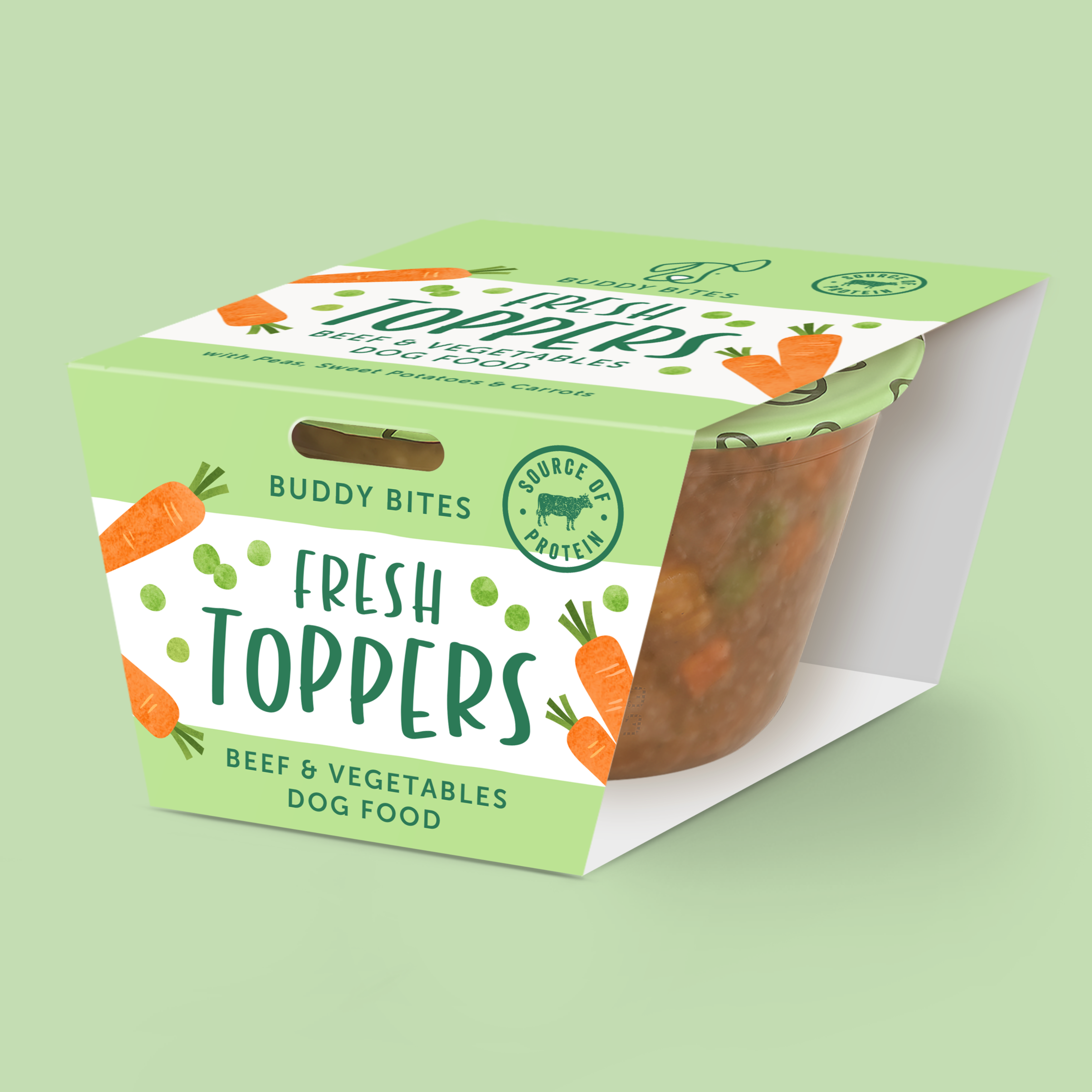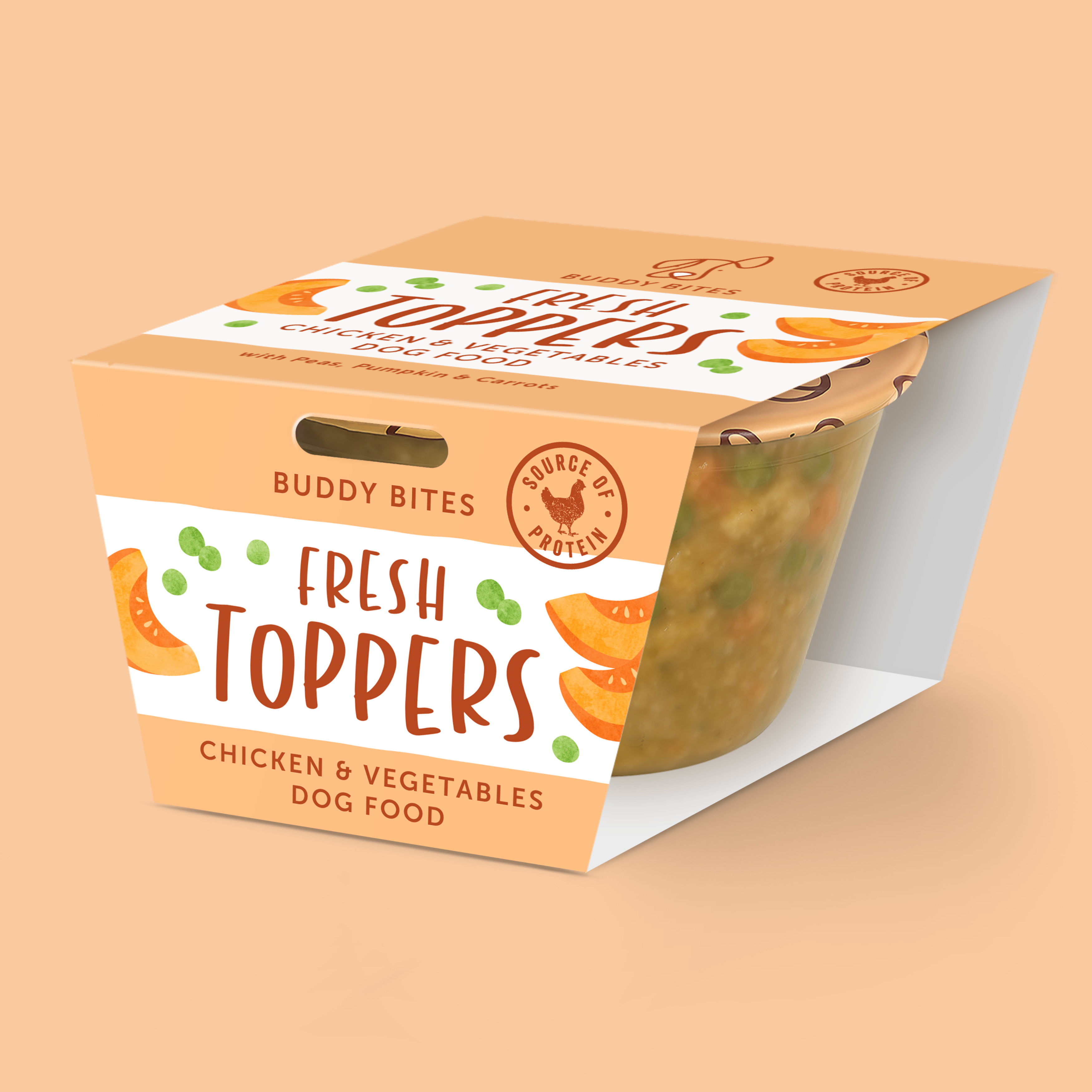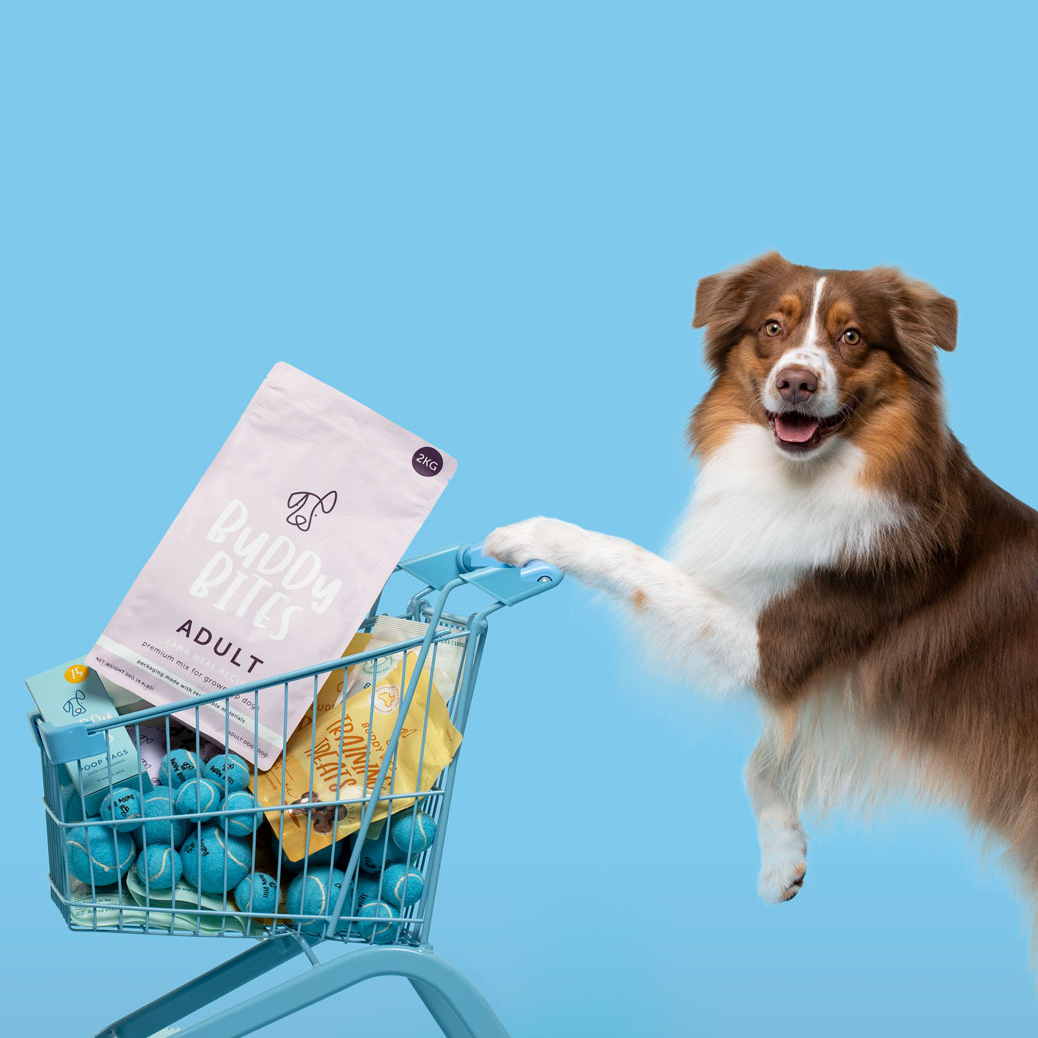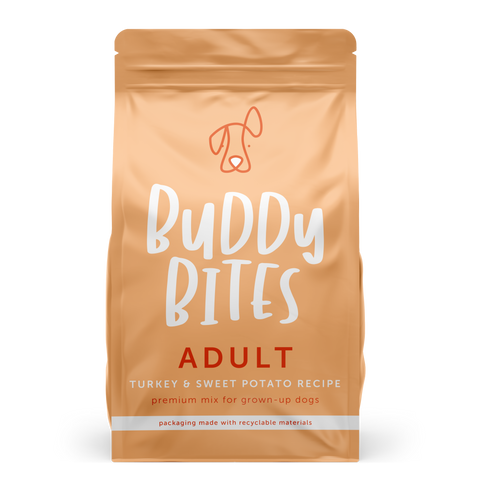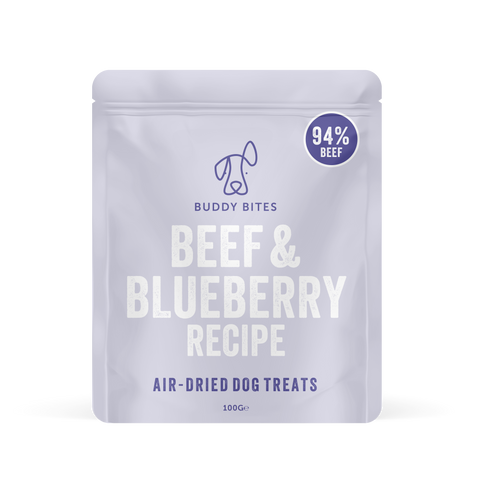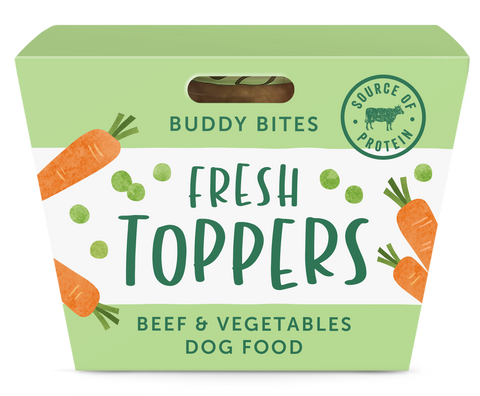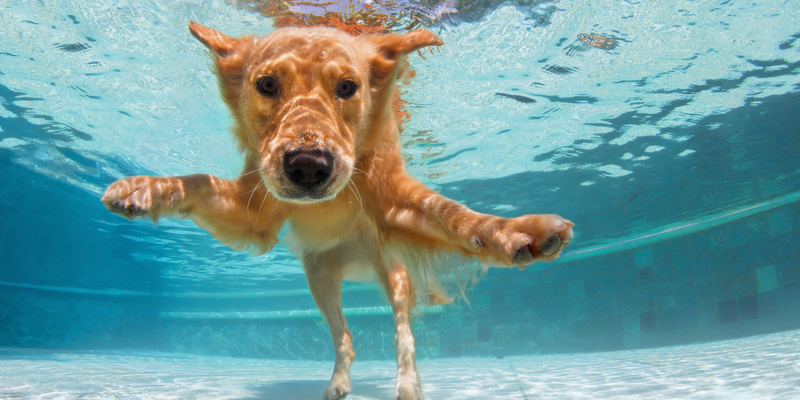10 Things You Didn’t Know About Dogs
February 20, 2022

10 Things You Didn’t Know About Dogs
We spend time with our dogs every day, so we know our dogs pretty well — the way they sleep, the way they look at you, and even what a certain sounds means. But did you know there are some myth-busting truths and did you know these things about our best friends?

Sniffing
Believe it or not, this action relaxes dogs. Dog’s use their powerful nose to communicate, explore and assess — making it one of the simplest and most enriching behaviours for a dog. Your dog is given but a few choices of their own, so allow them time to sniff on a casual stroll every so now and again instead of power-walking them on a short traffic-leash for every single walk. Sniffing positively empowers dogs and utilising this function helps calm them down, meaning less destructive or mischievous behaviour at home.

Color Blindness
Contrary to popular belief, dogs are not completely colourblind. They do however, have difficulty recognising some colours, such as dogs can only see colours in combinations of blue and yellow. Sometimes they can see colours better in dim lights than humans. But they can also see the Ultraviolet UVB Spectrum, meaning that anything fluorescent can be visually intense for them. Home designs can make an impact on how comfortable a dog is feeling in their home and behavioural problems can stem from this. Design-wise, stick to softer hues, such as pastel and avoid bright lights or objects to create a more welcoming environment.

Wolf Dogs
Off the top of your head, we’re sure huskies come to mind. That’s right. A wolf dog is a hybrid of a wolf and a domesticated dog. Other dogs include German Shepherds and Malamutes. But a dog is only considered a wolf dog if they have a history of being a pure wolf in their past 5 generations!

Video Games Make Dogs Smarter
That’s right, there are video games for dogs. Scientists have discovered that video games for dogs are like Sudoku for humans. It helps to keep dogs’ minds sharp during aging. Video games can keep your dog younger for longer even if they run out of steam to do zoomies around the dog park. And yes — young pups can learn how to play video games too! Check out this cute video of a touch screen, a video game, and treats to see how it works.

Dogs Can Be Cynics
With tails wagging, tongues out, and a happy pant, dogs are all happy go- lucky! But recent research shows that some dogs can be more pessimistic than others. What’s the purpose of this study? To help determine more suitable roles for working dogs. Such as an optimist dog would be more suited to detecting explosives or drugs, and a more pessimistic dog would be better suited as a therapy or guide dog. Why is that? Because a pessimistic dog is more cautious and could be less willing to try out new things if they know there’s a chance they could fail. A test with sounds that treated rewards at the end showed that optimistic dogs hoped for a positive outcome, while pessimistic dogs may not take the risk again knowing they may not get as tasty a reward if they failed to identify tones correctly.

The “Pancake” Sleeping Position Meaning
Did you know? When a dog sleeps on its side with its legs extended out in front of it and sometimes their back paws are even touching their front paws, it’s called the Pancake position. The reason behind why your dog might sleep like this is because they feel completely safe with you. They are not trying to protect their vital organs and they sleep very restoratively in this position as such. This is also a time where REM sleep is most likely to occur, so you may see their legs moving as if they’re running!

Dogs Have a Wide Vocabulary — they can be as smart as a 2-year old
They can be as smart as a 2-year old child, remembering up to 50 human words and even sign language. Particularly clever breeds such as border collies can remember over 1000 words. Sign language comes into play when working dogs or competing dogs learn to recognise hand signals from their handlers.

Dogs Have Their Own Unique Fingerprint
No two dog noses are the same. A dog’s nose has a set of lines, ridges, and creases just like a human fingerprint. They create a unique pattern that helps identify them. In this way, dogs can be identified if they get lost through various companies that have created apps to log your dog's information. These apps log other information such as the ID of a dog’s ID chip, characteristics, coat colour, eye colour, weight, size & medical information, so that if a dog is lost, they can be easily identified if they are brought into a veterinarian.

Dogs Have 3 Eyelids
Yes, that’s right. There is a middle lid, in addition to the top and the bottom called a “nictitating membrane” that is located in the corner of their eye. The function is to remove dust and mucus from the cornea, which is sometimes why your dog may have ‘eye goop’. If your pet is asleep and you suddenly wake them up, you might see the membrane as it is shut while they sleep.

Dogs Poo Circles Might Have a Pattern
It is theorised that dogs are scientific about their ritual of making poo circles before they pop a squat. Czech researcher Hynek Burda suggested that dogs spin due to the Earth’s magnetic pull. Studies showed that dogs like to gravitate towards the North or South poles when it is light out and the magnetic field is calm, but when it’s not, they face any which way. The theory hasn’t been approved yet, but the theory indicates that spinning helps dogs orient their internal compass and are more likely to remember where they marked their territory. The idea isn’t completely absurd either — proof — this is how birds know which way to migrate.
To learn more about dogs read 5 Ways Dogs Communicate Love.
